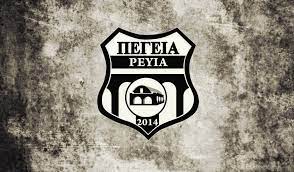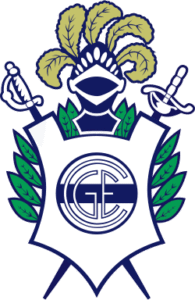Team Composition, Tactics, and Player Development at Peyia 2014 FC

Peyia 2014 FC
This resilience underscores the importance of strong leadership and community backing in navigating the volatile environment of lower-tier football leagues. Peyia 2014 FC’s journey demonstrates that obstacles can be catalysts for innovation and unity when approached with determination Keo Nha Cai.
Team Composition, Tactics, and Player Development at Peyia 2014 FC
A club’s success heavily depends on its team structure, tactical approach, and emphasis on player development. Peyia 2014 FC has crafted a distinctive identity through its strategic choices in these areas, fostering a balanced mix of youth and experience while adopting versatile tactics suitable for various opponents.
Building a Cohesive Team: Recruitment and Youth Integration
Peyia 2014 FC places significant emphasis on integrating youth players into the first team, aligning with its foundational philosophy of nurturing local talent. Recruitment strategies focus on scouting young players from local schools and academies, providing them with pathways to professional football.
The club maintains a scouting network that keeps an eye on emerging talents across Cyprus, ensuring a steady influx of fresh skills. Experienced players are recruited to mentor younger athletes, fostering a culture of learning and professionalism.
The focus on squad harmony is evident in the training routines that emphasize communication, mutual respect, and shared goals. This cohesion translates onto the pitch, allowing for fluid passing plays, coordinated defense, and quick counterattacks.
Moreover, Peyia 2014 FC invests in personal development programs, including sports psychology and nutritional guidance, to optimize player performance both physically and mentally. This holistic approach prepares players for the rigors of competitive football while fostering loyalty and resilience.
Tactical Philosophy and On-Field Strategies
Peyia 2014 FC adopts a flexible tactical philosophy centered on possession-based football and high pressing. This approach aims to control game tempo, create scoring opportunities, and regain defensive stability swiftly.
The club’s coaches analyze opponents meticulously, tailoring formations and strategies accordingly. Common formations include variations of 4-3-3 and 4-2-3-1, which allow for attacking versatility and defensive solidity.
Key tactical elements involve quick transitions, overlapping full-backs, and dynamic midfield rotations. These strategies enable the team to exploit spaces and maintain pressure on opponents.
Defensively, the club emphasizes organized pressing and zonal marking, reducing vulnerabilities and forcing turnovers. Training sessions focus on positional awareness and communication to ensure collective defensive effort.
The tactical adaptability of Peyia 2014 FC has been a key factor in its competitive performance, enabling it to challenge more experienced teams and secure important victories.
Player Development Pathways and Future Talent Pipeline
Long-term success at Peyia 2014 FC hinges on effective development pathways. The club operates a structured youth academy that feeds talent into the senior team, emphasizing technical skills, tactical understanding, and physical conditioning.
Young players undergo regular assessments, with personalized development plans aimed at addressing weaknesses and enhancing strengths. Mentoring from senior players accelerates this process, fostering leadership qualities early on.
Specialized training modules focus on set-piece execution, positional play, and game intelligence, preparing players for diverse match scenarios. The club also encourages participation in regional and national tournaments to expose players to higher levels of competition.
In addition to technical prowess, the club emphasizes character building—instilling discipline, sportsmanship, and resilience—to produce well-rounded athletes capable of thriving in demanding environments.




